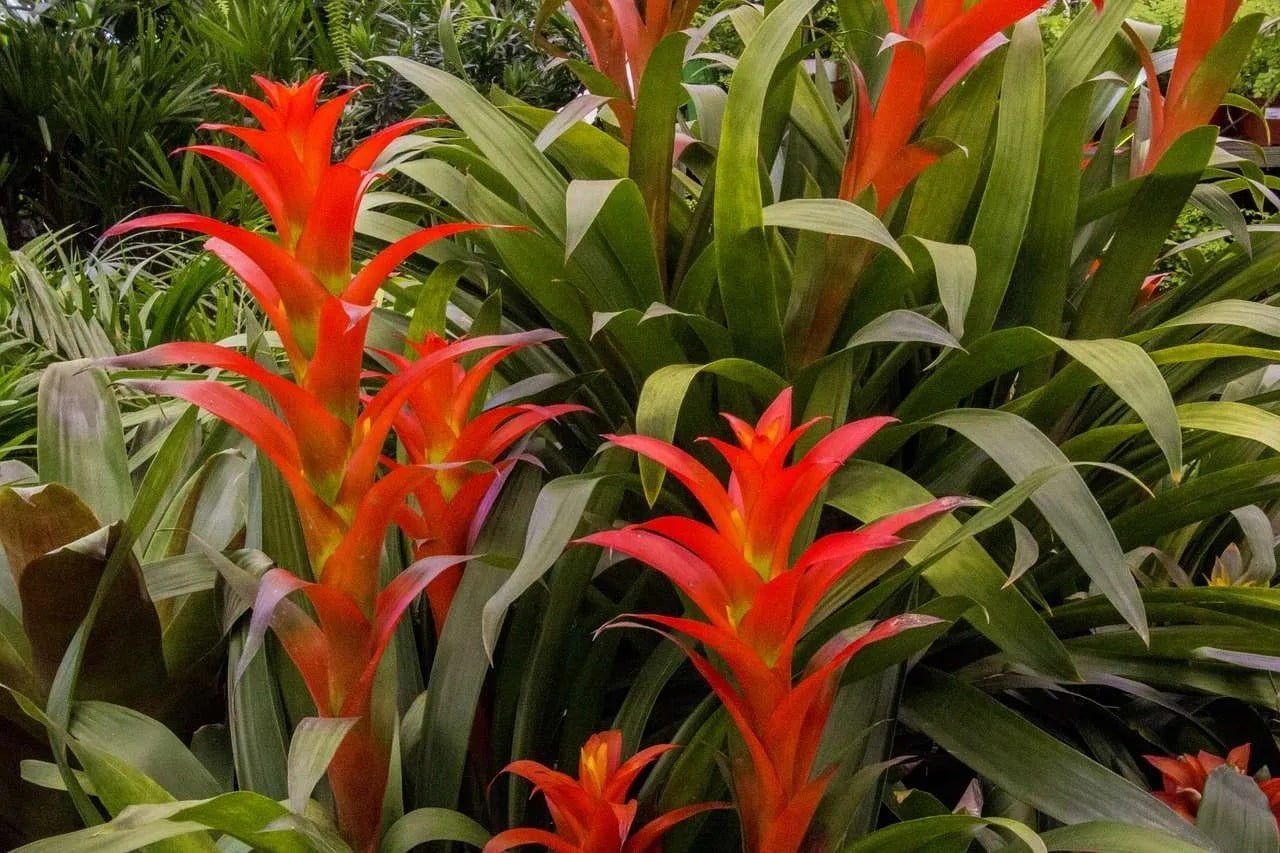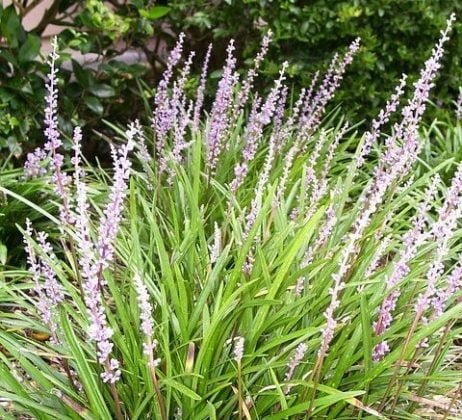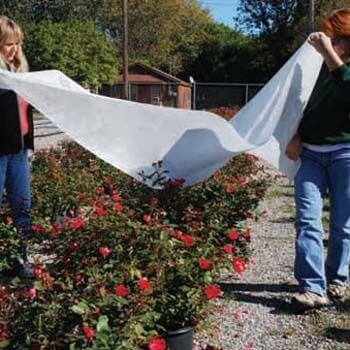Bromeliads Tropical Plants

There are over fifty species of Bromeliads plants and most of them are native to the Americas. They are tolerant of many different climatic conditions, found in rainforests, deserts, flood plains, rock cliffs, and mountainsides. There are types of Bromeliads tropical plants that can be placed in any area and location around your home.
They are amazing tropical plants with attractive foliage and a variety of colors from long-lasting blooms. Many blooming for months with their showcase of colorful flower spikes.
There are choices of Bromeliads plants from large plants to low-growing ground covers that will grow in extreme shade. Bromeliads are drought tolerant making them easy to maintain with little irrigation required.
Some species are salt-tolerant making them perfect for beachside coastal conditions. Most Bromeliads can be grown in pots or containers, great for patios or decks.
The Bromeliad is very valuable to the environment by playing an ecological role. They provide shelter, nectar, nutrients, and water for birds and other creatures. During the dry season in the wild, they often provide the only source of water. In a garden, these plants are crucial in maintaining the natural balance of nature.
Many Bromeliad species are considered to be true “Epiphytes”, which must grow attached to some kind of support. Their roots are used mainly for anchoring, not for taking up water and nutrients. All other species are “Semi-Epiphytic”, which are able to adapt to growing in soil on the ground with extensive roots. For the most part Bromeliads, tropical plants are easy to grow, still, the proper location is needed for good growth and health.
Bromeliads Tropical Plants Varieties, and Species
The varieties of Shade-Loving Bromeliads have softer and more pliable leaves. The burgundy-colored foliage allows the plant to adapt to low light situations, by acting as a reflector. Bromeliad species that are Shade-Tolerant are named “Neoregelia”, “Nidularium”, “Canistropsis”, “Aechmea”, Vriesea” and “Pitcairnea”. These types will mix in great around trees, complimenting them.
Some Bromeliad species are adaptable to Full Sun, the thicker the leaves on Bromeliads the more sun they can take. Sun-Loving types are members of the family,”Billbergia”, “Bromelia”, “Hohenbergia”, “Portea”, “Quesnelia”, “Neoregelia”, “Aechmea”, and “Vriesea”. The species “Portea” is salt tolerant and is great for placing along seawalls.
Many Bromeliad species can grow in Partial-Sun or are considered Part-Shade. These types do prefer some direct or filtered sun for a short time during the day, either morning, mid or late afternoon. This is required for them to achieve their best coloring. Although if these species get too much sun, they can suffer from leave scorch.
With Bromeliads, tropical plants each plant will die back after blooming and flowering. This purpose is for them to produce new growth called “Pups”. Removing “Pups” can be done when they reach to be one-third the size of an adult, by cutting or twisting them off. If they are removed “Pups” will take longer to grow, but the plant will produce more of them. The plant will die back faster if the “Pups” are left on and fewer will be produced but will mature and flower quicker. The choice is left up to you on what you prefer to do.
Mosquito Control For Bromeliads
If you are concerned that standing water in Bromeliads tropical plants will attract Mosquitoes to lay their eggs, here are some tips to deter this from happening.
You can use a hose to flush out the water when the reservoir becomes filled. Sprinkle some coffee grounds in the vase of the plant, the caffeine will kill off the larvae.
Mix one teaspoon of liquid dish detergent, with one teaspoon of salad oil, in one-quart water. Spray Bromeliads including inside the vase using a clean spray bottle, making sure no chemical residue is in it.
You can purchase new empty spray bottles at many stores. Do not spray Bromeliads plants in full sun or when it is windy. I do not recommend using insecticides for they will kill off many beneficial insects such as spiders, which trap adult mosquitoes in their webs.
Final Thoughts
Bromeliads tropical plants love the climate we have in Florida. As you can see there are types for just about every location in a landscape. These tropical plants offer wonderful colors and are practical plus beneficial to nature. The Bromeliad is a versatile plant whether placed in the ground or in containers.
Learn what to look for when purchasing quality plants.
https://floridalandscapingtoday.com/how-to-purchase-quality-plants-video







What do you use to keep down the mosquito population in your bromeliads?
Hi Tentace.
Thank you for the great question! I updated my article to answer your question under “Mosquito Control For Bromelaids”
Kurt